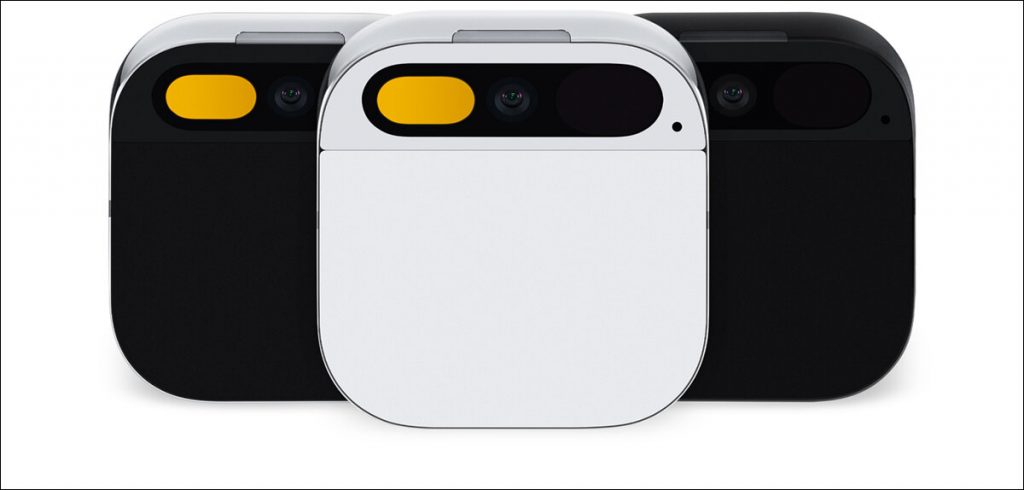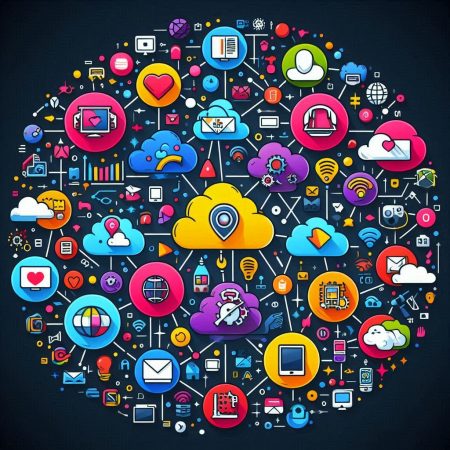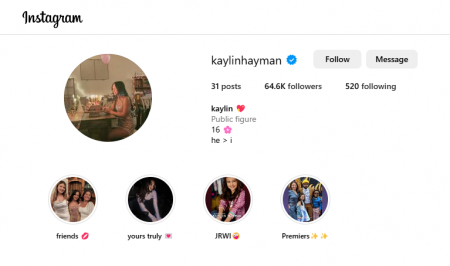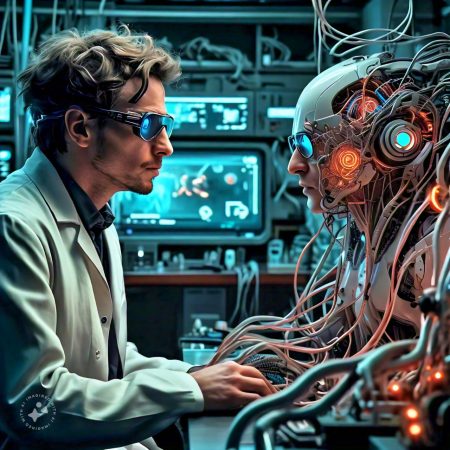A recently launched AI-pin by the company Humane has the world excited about an AI replacement for the ‘humble’ smartphone, but Satyen K. Bordoloi looks beyond to divine into the future and draw a straight line from this device to the coming age of Personal AI.
In the 2013 film ‘Her’, the protagonist Theodore installs a Machine Learning system on all his devices. He carries the AI in his shirt pocket, chats like one would a real person, and begins having romantic feelings about ‘her’. The film was seminal for multiple reasons. One is our desperate need for connections and how even an AI could provide that. Second is how an AI system can be uploaded into any digital device as an assistant and stored on the cloud, years before Cloud computing became a popular concept.
AI company Humane seems to have taken these ideas from ‘Her’, particularly the one about carrying the device in the pocket – to heart. Their set of – what they are calling – AI Pins, bear a striking resemblance to the idea in the film.
WHAT IS AI PIN:
The Humane AI pin is a sleek, smart wearable AI device. It’s got two parts – the main device and the battery pack, the two latching to each other via a strong magnet onto any piece of clothing. It would be amiss to compare it to a mobile. Not only that, but it is a fascinating wearable, personal Artificial Intelligence Assistant, that uses AI to analyse what you say and runs your commands, analyses your texts, makes calls and proactively provides you with the relevant information you need. This slick, smart device neither has a screen nor has the company provided any headphones. You interact with it via voice and hand gestures read by sensors. Text can either be heard or projected to your palm. Some technologies used here; we last saw in the Apple Vision Pro.
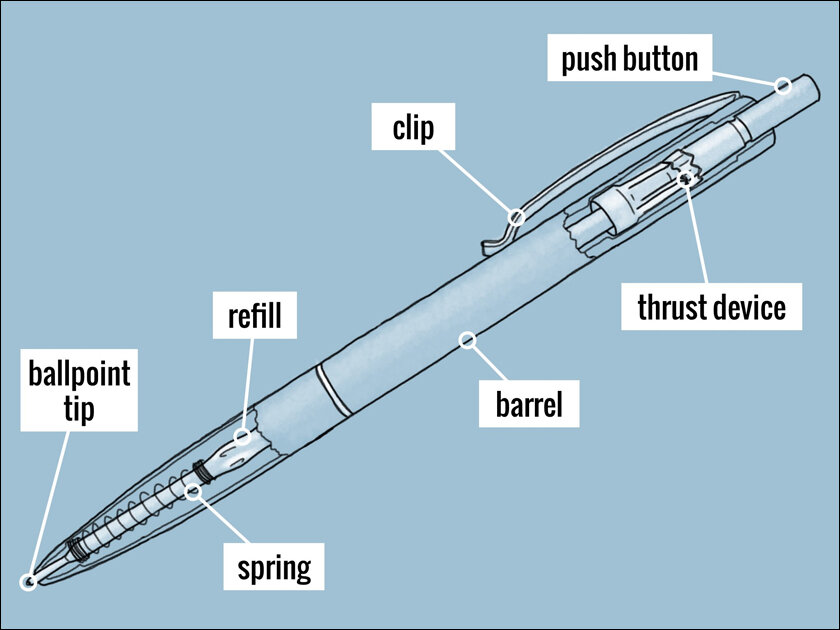
The AI Pin is a smart tool that does a lot of your tasks: summarise conversations, filter messages to relay only the important ones, send contextual reminders etc. It is a great productivity tool that can help free up our time, and I am assuming when it releases mid-2024, it would come with a host of other features. Since Sam Altman is one of its funder, the AI in it could be powered by ChatGPT.
Despite a ton of intelligence poured into its idea and design, it has the most unimaginative and patently wrong device name. Till I sat through their demo video, I thought it had a pin you had to fasten. What it should have been called and what it is, is the world’s first independent ‘Personal’ artificial intelligence device – PAI. This AI Pin could be the one to herald the age of Personal AI – PAIs, must like Apple led the dawn of PCs.
Let’s delve into the idea of a PAI, by getting into the pros and cons of the device.
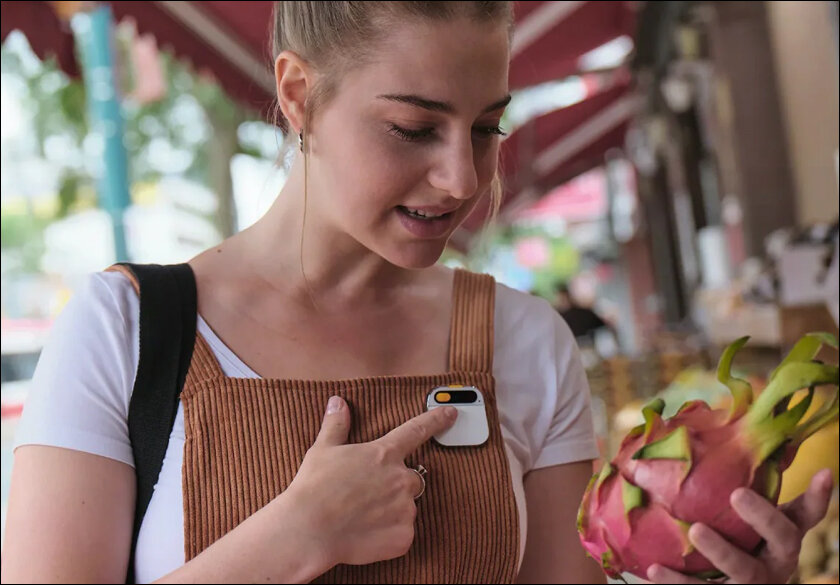
THE CONS:
A major drawback is it has to be always out, pinned to your chest at all times. You cannot even put it inside your pocket like in ‘Her’ because its sensors and projection are at the bottom. It projects messages and notifications to your palm and detects hand movements to take and execute commands. It can’t do this if it’s put inside a pocket. But who’d want to have a $699 device hanging on their chest for someone in a crowd to easily flick, or stumble and dislodge?
Not having a screen means you can’t see the photos you click. The AI-pin has something they call the “.Centre” which according to the company is “home to your photos, notes, lists, and more. To relive your memories, organize your stuff, or manage your preferences, visit .Center using any web browser.” Thus, this is not a stand-alone device. It needs a big brother. Despite its capabilities, at $699 it’s too expensive to be an extension to another.
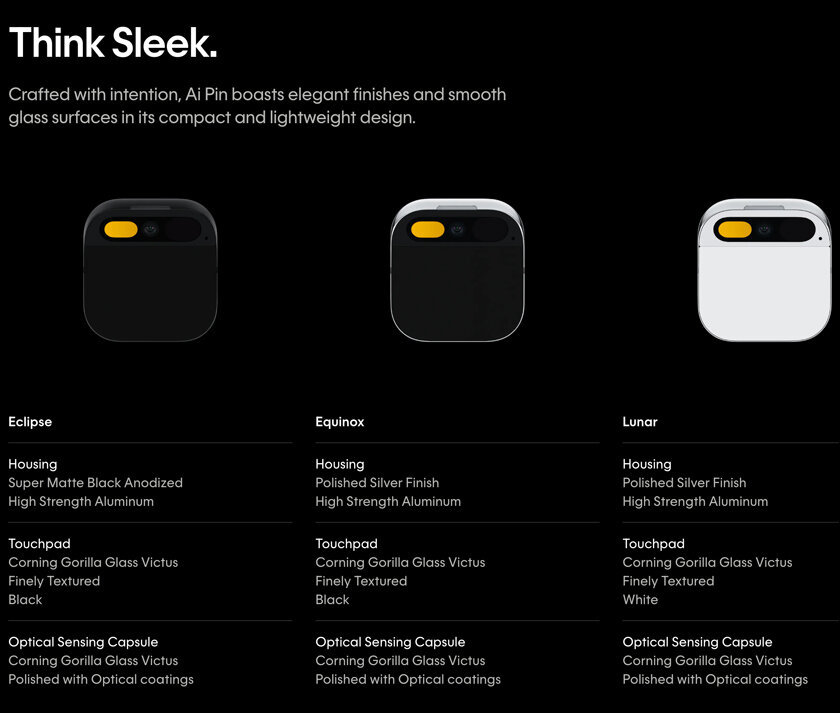
Being a stand-alone device is necessary because, be it rich or poor, mobile has emerged as people’s entry into computing. In an ideal world, the progression would be: a child is kept device-free till their teens when a PC or computer is given and only at 18 are they handed a smartphone. What instead happens is that the moment a child is born, a digital device – usually a smartphone or tablet – is put between their tiny fingers as it plays videos on a loop to keep them distracted.
Yet, the major drawback I foresee in the adoption of this device, is that despite the hype around AI (ChatGPT just turned 1) AI hasn’t progressed enough to be flawless. It might have been nearly a year since I wrote about Hallucinations, but AI systems haven’t yet improved enough for us to call it seamless.

THE PROS OF THE AI PIN:
The device is aesthetic, and looks like it has come from Apple. That’s because both of Humane’s founders – Indian origin Imran Chaudhri and Bethany Bongiorno – are ex-Apple employees. Imran, as Apple’s Head of Design, crafted the iconic iPhone and iPad.
Technically, as I have written before, I can see Steve Jobs creating a device like the Humane AI Pin. If he were around, like he did with the iPhone – he’d be secretly working to integrate AI capabilities into all his devices, turning Apple into the most advanced Personal AI company. Indeed, the AI Pin would be called the world’s first wearable, independent Personal Artificial Intelligence. However, I suspect, unless it does something drastic, it could go IBM’s Simon way which was actually the first smartphone but because the technology required to truly be one wasn’t available then, the acclaim went to the iPhone 15 years later. All the technologies required for the AI Pin to be a true PAI isn’t yet there.
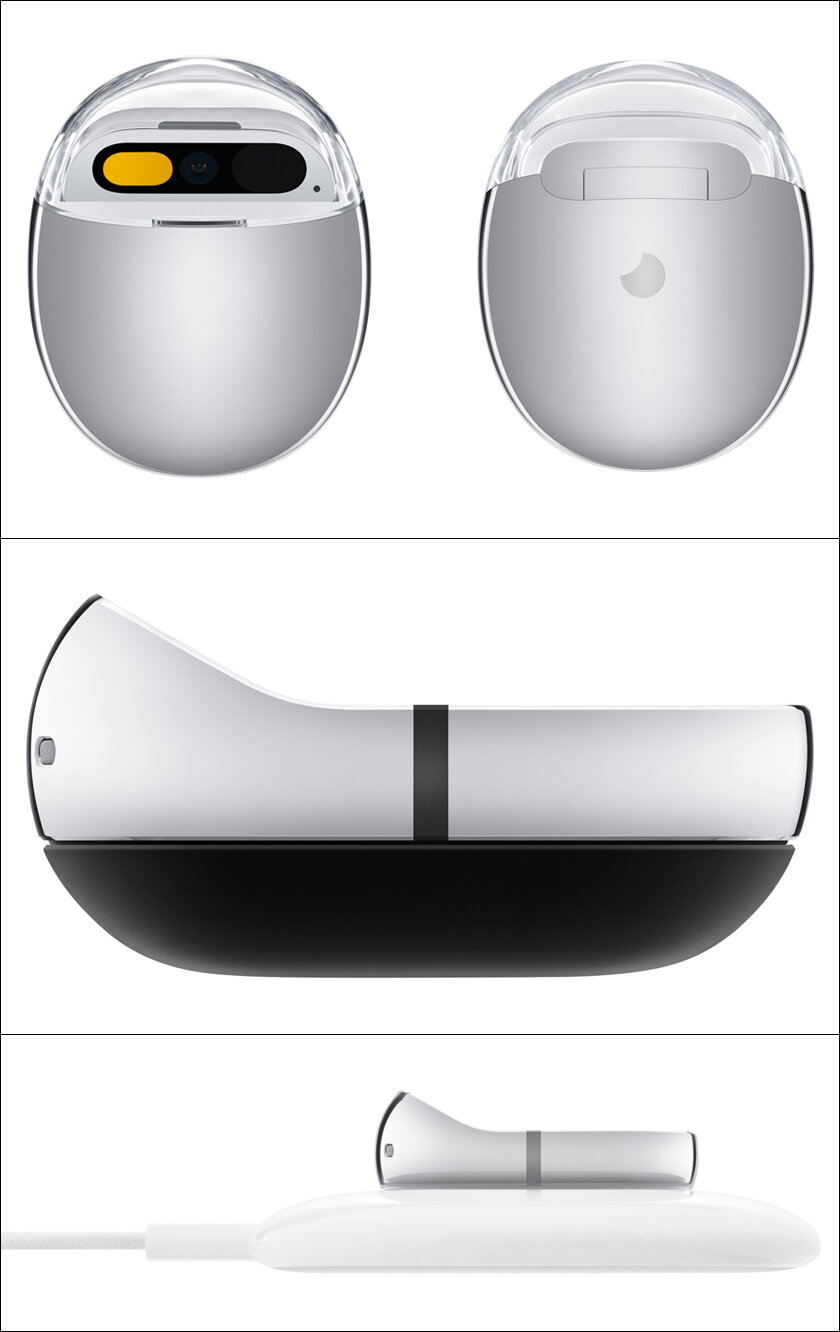
THE FUTURE OF THE AI-PIN:
The AI pin can instead be a great extension for our smartphones to become fully functional PAI systems. Any good AI system would need to ‘see’ the world to help us. To let the AI system on your phone do that, you can carry it in your pocket like Theodore in ‘Her’, but it’s not feasible. Instead, a device like an AI pin can do that seamlessly.
Secondly, Humane can become a pioneer in the kind of AI systems it is creating for its pin. Its ‘iPin’ software system can become its core strength in that it can provide AIaaS – AI as a Service like SaaS. The iPin system can be loaded into those devices that have the specifications it needs to be a PAI. All new Apple phones and their high-end tablets have a LiDAR system. With just the addition of a projection system, even an iPhone can become an AI-pin device.
What the pin is asking of people, is to make behavioural changes. I suspect we aren’t ready for it yet. The AI-pin might fade away – despite its brilliance – as a stand-alone device. It might go the way of this phenomenal camera called Light L16 that had multiple cameras at its back and could take very high-resolution pictures but struggled to find takers due to its price.
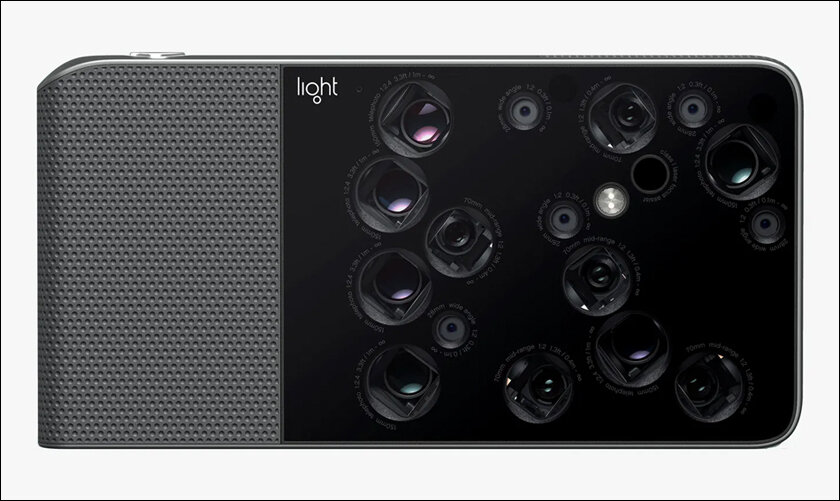
WHAT IS PERSONAL AI:
The first computers in the world were not PCs or Laptops. Computing devices were first used in industrial settings, to help run big machines, and automate processes like in Assembly Lines. It wasn’t until first IBM and then Apple, that iterated on it to create and herald the age of the Personal Computer.
The history of AI is somewhat similar. Till a year and a half ago, most AI were industrial-use AI. They guided us through traffic via our map apps, gave social media feed recommendations, turned our speech into text, and did brilliant science like finding how proteins fold in 3D. It was only when generative AI tools like DALL-E and ChatGPT came onto the scene, that the world first saw its potential as personal generative AI. DALL-E, ChatGPT, Midjourney, Stable Diffusion etc. became the first direct use of personal AI for most. The next would be where you would use AI as assistants doing most of your work as I describe in this article, i.e. Personal AI Assistants or PAI assistants in short.
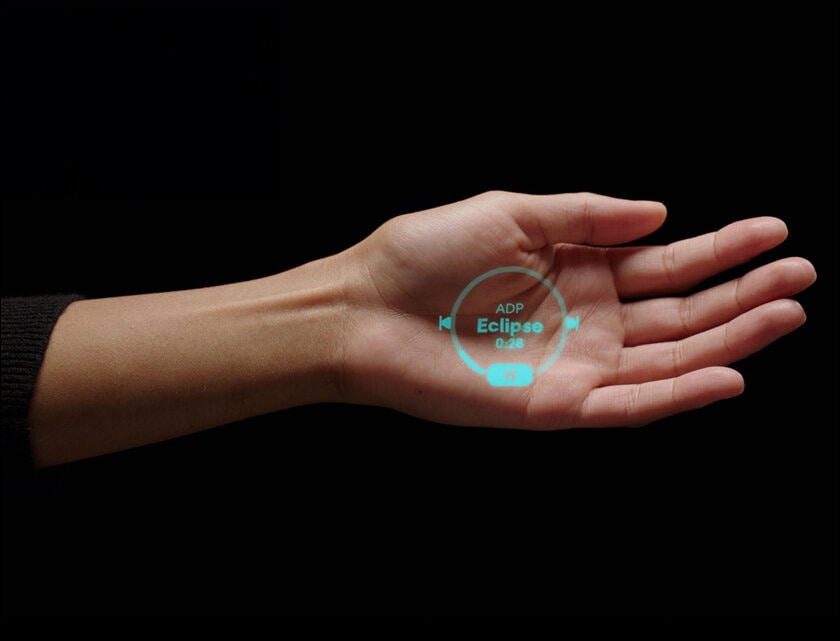
Things like Humane’s AI pin are the start of this PAI revolution. The perfect PAI system might be this pin, or it might be a distance away. But once it does come, it will be a moment like the iPhone launch, bigger than even ChatGPT’s entry into our world. I do not even suspect that this will happen. I know it will, and it is the next trillion-dollar business opportunity, as I have written earlier. It is its natural progression. Like we consider finger dialling slow and stupid today, tomorrow we will consider using our mobile to scroll for a number and pressing the call button stupid, as what will take its place is a voice command that your AI device will understand perfectly.
Humane’s AI-Pin, in that sense, is the first act of the world’s romance with personal artificial intelligence. The real pleasure would only come as its full potential is unleashed in the third. And that is a world, beyond what we can imagine, beyond sci-fi films like ‘Her’ can ever depict. And it is not a matter of ‘if’. It is a question of ‘when’.
In case you missed:
- Apple Intelligence – Steve Jobs’ Company Finally Bites the AI Apple
- 2023 Developments That’ll Alter Your Future Forever
- AIoT Explained: The Intersection of AI and the Internet of Things
- Kodak Moment: How Apple, Amazon, Meta, Microsoft Missed the AI Boat, Playing Catch-Up
- ChatGPT’s Total Recall: AI’s Leap from 404 Errors to Sentimental Reminders
- Rufus & Metis Tell Tales of Amazon’s Delayed AI Entry
- The ChatGPT Legacy: How It Changed Our Perception of AI Forever
- OpenAI’s Secret Project Strawberry Points to Last AI Hurdle: Reasoning
- 10 Years of ‘Her’: What the Film Got Right about AI, What It Did Not
- In-pocket Nuclear Batteries Threaten to Change World Order



